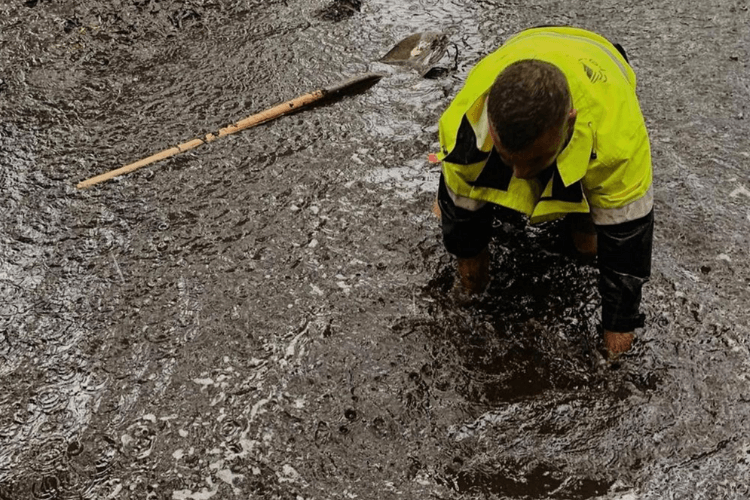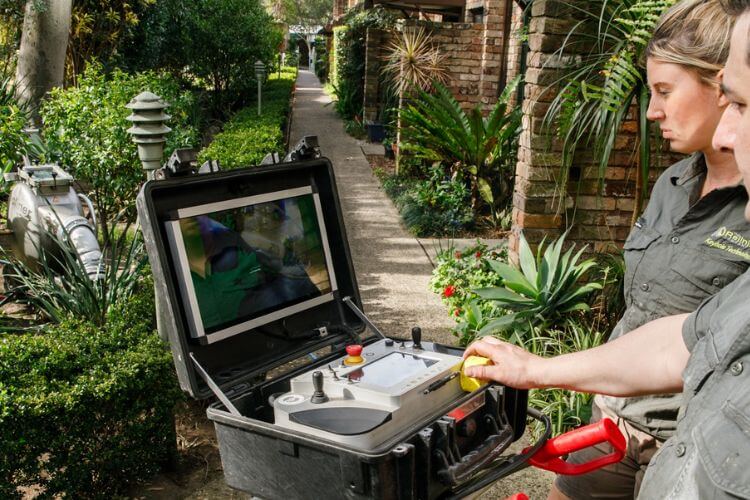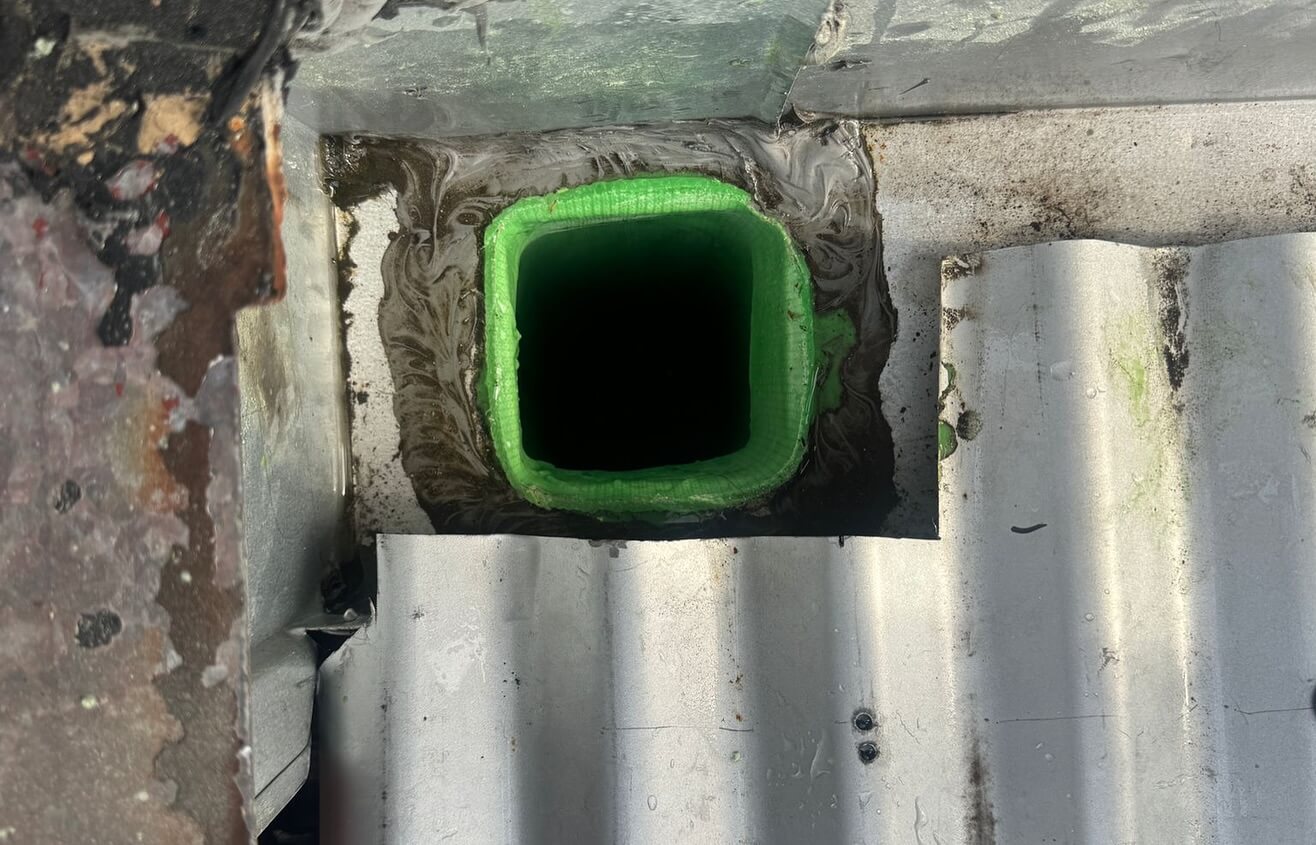Pipe damage can occur for a whole variety of reasons and while most of them have the same result (interrupting our water supply), not all damage has the same method of repair.
In fact, understanding pipe damage, maintenance, and restoration can go a long way in anticipating the likelihood and type of damage your underground water pipes might experience before it even happens.
The location and age of your property will be major factors in our assessment of your plumbing, informing professional plumbers about how best to reduce corrosion and deterioration, seal up a penetrating crack or fracture, or provide the strongest reinforcement or most suitable joint or fitting replacement.
Why Pipe Damage Occurs
Ageing infrastructure, extreme temperatures, poor installation, and natural wear and tear can all impact the health of your pipes over the years, leading to the weakening of seals, loss of structural integrity, and conditions that can make other causes of damage all the more severe. Buried underground, however, we don’t see the natural cycle of wear and tear on the infrastructure, and so we don’t know if something is wrong until it finally is.

This can lead to further problems. Weakened pipes can be impacted more severely by blockages from materials washed down the sink (think oils and fats or other chemicals) or flushed down the toilet, or invasive tree roots can penetrate the pipe material in their search for underground moisture. However, there are solutions available to all the subterranean issues our plumbing infrastructure can face, and they might be more efficient and affordable than you think!
Types of Pipe Damage and Solutions
When pipes burst or leak or clog up, it can be an incredibly stressful time as our water pressure sharply reduces, water damage accrues in the yard (or inside the house!), and we face the reality that the damage is likely beyond our home DIY skills to fix. However, with a little bit of knowledge, we can quickly determine what the most likely cause of your plumbing disturbance is, and with that knowledge, how to fix it as soon as possible.
Burst Pipes
Burst pipes can happen suddenly and, if underground, often without warning. A burst pipe is simply one that has cracked or split open, releasing the water within to cause water damage to the yard or inside the walls of the house. The first sign of a burst pipe will often be localised flooding, either making a muddy patch in the lawn or water damage to the interior plasterboard. The causes of a burst pipe can be anything from frozen pipes to sudden pressure changes that challenge the structural integrity of the pipe until it reaches its breaking point.
Solutions: The first thing you must do if you suspect you have a burst pipe is to immediately shut off your water supply to prevent additional flooding. You can do this by turning off the tap on the water meter found in your front yard. Burst taps are unsuitable for DIY work and require an epoxy resin relining sleeve to restore the pipe’s strength to full capacity.
Call your local pipe relining company for a professional no-dig underground repair that will repair your burst pipe for over 50 years.
Corroded Pipes
While most modern infrastructure uses plastic pipes, some of the older areas in Sydney still use metal, and as such, are prone to corrosion and rust over time as water oxidises the metal. Water that contains a high level of oxygen and/or a low pH (acidic) can accelerate the corrosion process and with some underground pipes in Sydney being many decades old, over time, the metals in the piping can inch closer to failure with each passing year.
Solutions: If the rust or corrosion is more localised, the pipe can usually be fixed by inflating an epoxy resin lining along the damaged area, sealing off the area of corrosion from water from then on. Larger pipe failures will often need a full section replacement, however.
Booking an inspection by a plumber armed with CCTV technology can quickly identify whether the fix is more local or a substantial infrastructure replacement.

Leaking Pipes
Leaking pipes are a common plumbing disturbance, one that often forms around joins, fixings, and taps, where water under pressure looks for even the smallest of openings to force its way through. Leaks can be related to pipe corrosion, cracks in the pipe’s body or tap components, or substances causing a blockage in the tap’s mechanism. Pipes can also experience microcracks, well beyond full pipe failure occurs.
Solutions: For leaking pipes, there are several temporary fixes you can try yourself, such as drying the area and sealing it with putty and clamps, but we must emphasise these are only short-term fixes.
Professional repairs using an epoxy resin liner will always be required to seal the damaged area permanently, but in the meantime, make sure you are keeping up with the best preventative maintenance measures to ensure your pipe health as long as possible.
Clogged Pipes
Often, clogged pipes are a result of flushing things down the toilet or washing things down the sink that we shouldn’t. Physical objects (such as paper towels or sanitary products) can create instant physical blockages, while a buildup of chemicals or accumulated oils, fats, and other food debris can take time to create a layer of firm debris inside the pipe’s structure.
Both reduce the pipe’s overall flow capacity, so if you notice your water pressure is reducing over time, you may have a clogged pipe on your hands. Water quality can also impact the corrosion of pipes, as trace amounts of limestone, chalk or gypsum, which make up “hard water”, can coat the interiors of pipes, causing layers of limescale to build up and also interrupt water flow.
Solutions: Clogged pipes can benefit from simple DIY methods, which can be divided into chemical vs. mechanical unclogging. Mechanical unclogging involves using a plunger on sinks or toilets or a drain snake to try to break up the blockage or push it further along.
Chemical unclogging involves using a drain cleaner or other corrosive products to break through. However, before you race down to the shop, we recommend pouring a kettleful of boiling water down the sink, followed by half a cup of baking soda and then one cup of vinegar. Leave the mixture for five minutes and then flush the area again. If none of these options have resolved the blockage, it’s time to call in a professional plumber.
Tree Root Intrusion
If your pipes already have small cracks that are leaking water, tree roots can slowly inch their way towards plumbing systems as they seek out that moisture. Over time, the tree roots will find their way inside the pipe, causing both a blockage to water flow and larger cracks to fix later. This is why it is important to fix the problem at its source before it can grow. If you notice wet earth outside near a tree while also experiencing a dip in water pressure, you might have a tree root intrusion to take care of.

Solutions: Tree root damage repair is a professional service that cuts through the roots by using high-pressure water, before applying an epoxy resin liner to cover the root damage from the inside, forming a formidable barrier against future intrusions. All of this can be achieved without digging up the pipe or the area around the tree, though we do recommend moving trees growing too close to your piping system if possible.
When to Call a Professional Plumber
If you suspect your pipes are leaking, corroded, clogged or full of tree roots, and our simple DIY tips aren’t making a difference, it’s time to call in professional assistance. A quick inspection with our CCTV technology will tell us whether pipe relining is the go-to or whether a full pipe replacement is necessary. Catching signs of pipe damage early is important to minimise overall infrastructure damage and water leakage or reduce a corrosion problem, so at the first sign of trouble don’t hesitate to contact a local and trustworthy plumber like The Relining Company.
With a 35-year guarantee on all of our work, 100% customer satisfaction, and service coverage all over wider Sydney, you can’t go wrong with the plumbing professionals who know Sydney’s water systems inside and out.
Back to Top